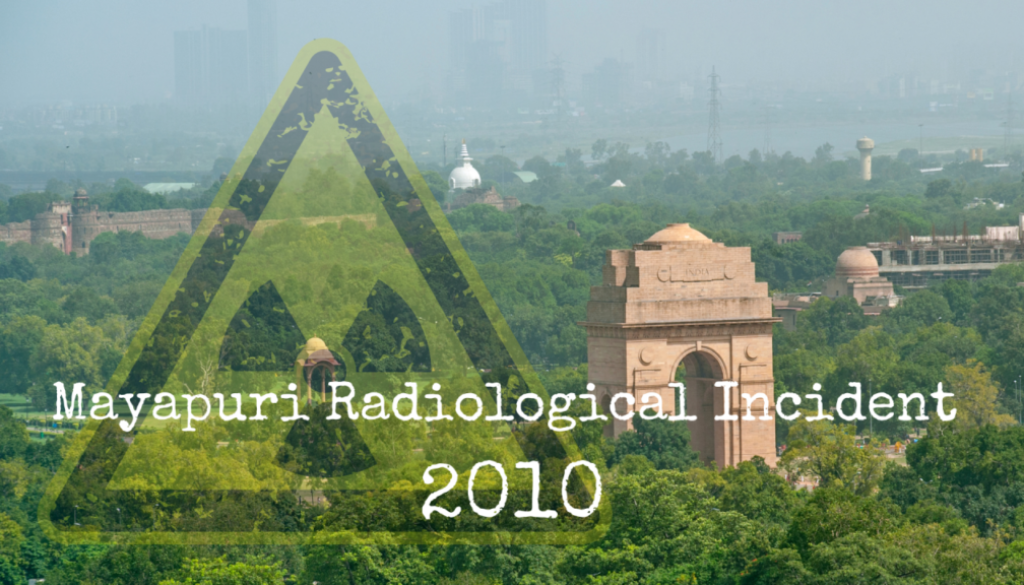Mayapuri: Enshrouded in Mystery
A delightful greeting!
“Ah, greetings noble Enchanted Potato, thou dost shine so bright!
Pray tell, what magical tales dost thou bring to share with us today?”
Today, we journey to a new corner of the world. In this blog, we embark on an exploration to uncover a mystery that shook an entire country to its core. How can something as unassuming as a scrap market spark a chain reaction of fear across a nation? Without further delay, let us hop on a bus and head to the district of Mayapuri, located in the heart of India’s capital, Delhi.
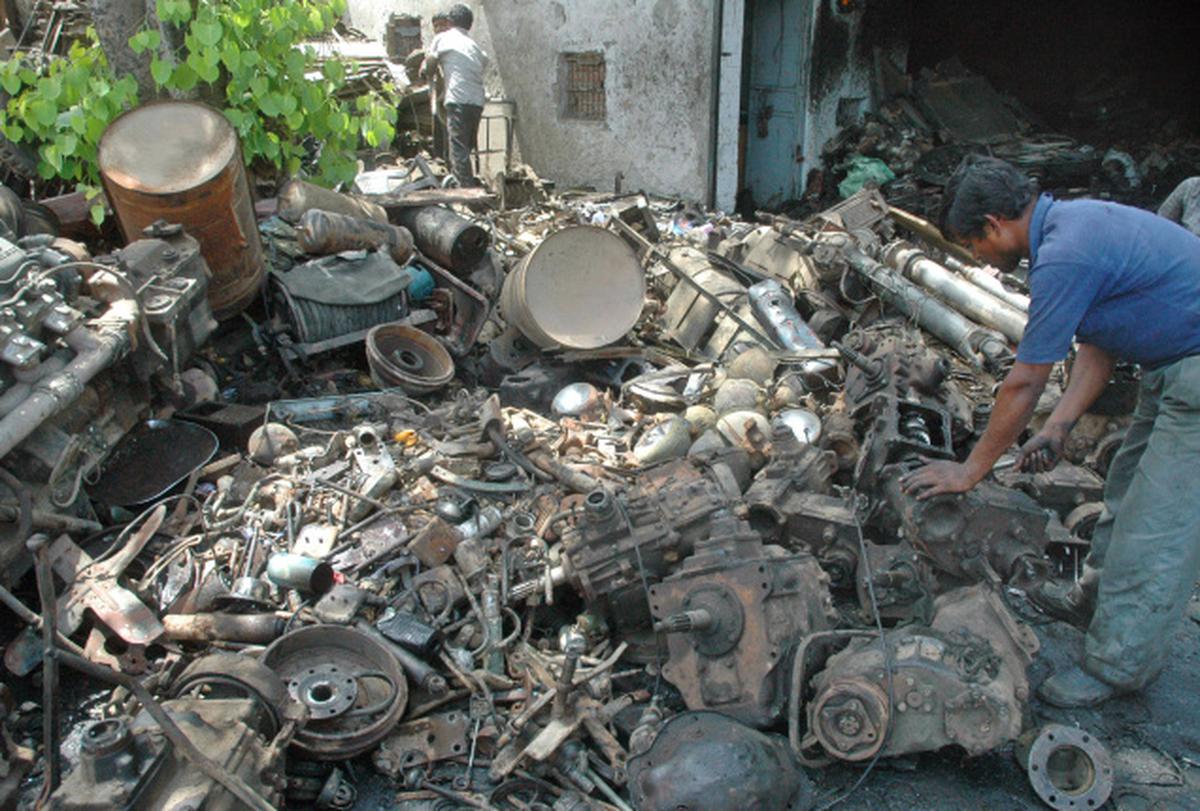
The Origin
Before we dive into the heart of today’s story, let’s take a quick look at Mayapuri. Situated in West Delhi, India, Mayapuri is an industrial community with a rich history. Once a bustling hub for small-scale and heavy metal industries, much of it faded after government sanctions. Today, the area is a blend of car repair shops, scrap markets, and light metal industries.
One of Mayapuri’s biggest industries is the recycling of metal waste, while selling used car parts has also become a significant economic activity. In fact, Mayapuri is often considered one of India’s largest markets for secondhand industrial and automotive spare parts. Traders from all over India flock here to buy and sell used car components. The area is dotted with tiny workshops, each specializing in various types of metals, contributing to the region’s unique industrial identity.
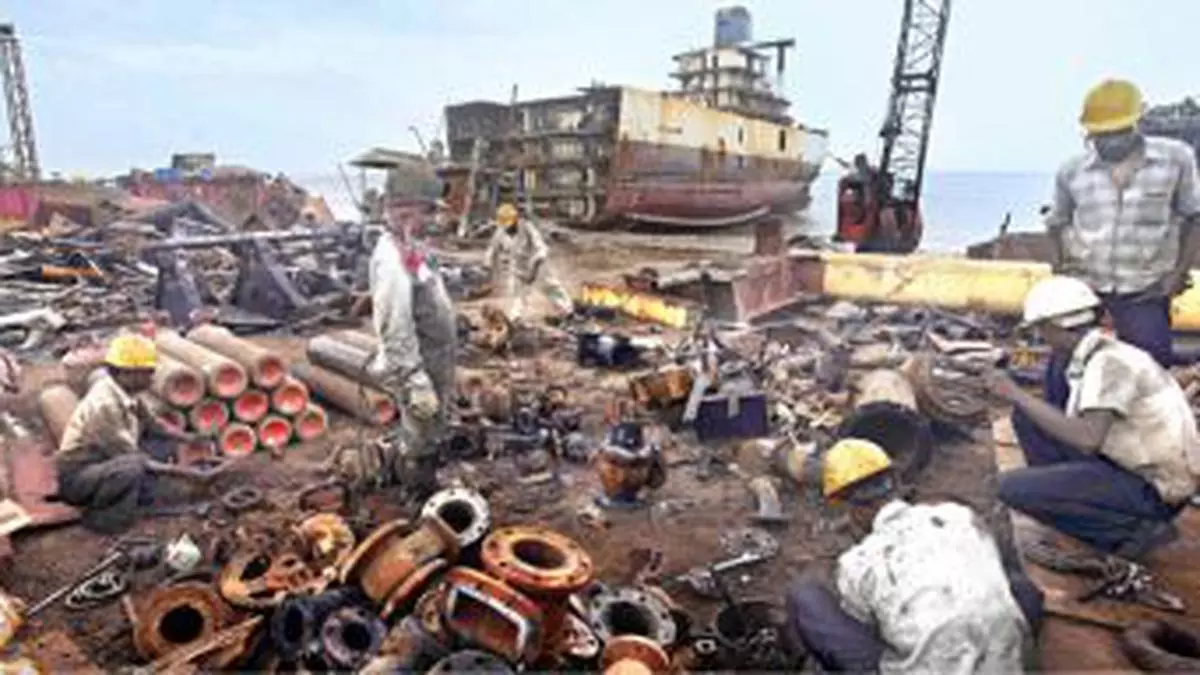
The Nuclear Disaster
The title says it all—from the biggest scrap market to the biggest nuclear disaster in the country. It all began on February 26th, 2010, when several people suddenly died and eight others had to be hospitalized. The doctors examining the patients were horrified beyond belief. Why? Because the symptoms were unlike anything they had ever seen before. The patients showed signs of heavy hair loss, severe skin pigmentation, intense dizziness, and, most shockingly, their flesh was rotting. It wasn’t the result of an infection, but rather a horrifying condition where the flesh seemed as if it was about to fall off, like an apple dropping from a tree.
The doctors and nurses were beyond horrified, and the reason soon became apparent: the patients had been severely nuclear poisoned. But the question remained: how could simple laborers from a scrap market come into contact with such heavy radiation? How was this even possible?
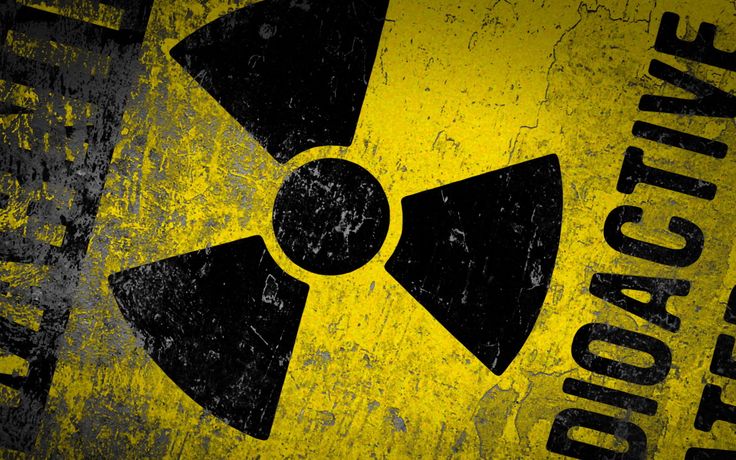
Cobalt 60
In addition to its industrial uses, like radiography, cobalt-60 is also commonly used in medical therapies, particularly in radiation therapy for cancer patients. However, when disposed of incorrectly, it becomes a severe hazard. In this case, a hospital or medical facility failed to follow the correct protocols for disposing of radioactive waste, leading to the catastrophic event.
Now, you might be wondering why I’m giving you a chemistry lesson here—because it all ties back to this very substance.
By the afternoon of February 26, 2010, reports of radiation sickness began to trickle in, and the severity of the situation quickly became apparent. Several individuals had fallen ill, including seven scrap workers, some of whom were rushed to medical facilities with severe radiation burns. The discovery of radioactive contamination in such an unexpected and populated area left authorities scrambling to respond.
Within hours, Delhi Police, along with officials from the Department of Atomic Energy (DAE) and the Atomic Energy Regulatory Board (AERB), arrived at the scene. The Bhabha Atomic Research Centre (BARC) was called in to locate the source of the radiation and assess the extent of contamination.
The immediate response involved cordoning off the area around Mayapuri to contain the radiation and protect the surrounding population. Emergency medical units were dispatched, and local residents were advised to stay clear of the site. A cleanup effort was launched to remove contaminated items, and radiation treatment kits were provided to those affected by the spill. Radiation monitoring teams were set up to inspect nearby businesses and communities for potential exposure.
The Mayapuri incident sparked fears of a greater radioactive leak in Delhi, and despite the authorities’ best efforts at crisis management, it escalated into a full-scale catastrophe. In the wake of the massive public concern, news outlets like the Hindustan Times worked diligently to debunk rumors and provide accurate, up-to-date information to the city’s residents. The incident was rated 4 out of 7 on the scale of nuclear disasters.
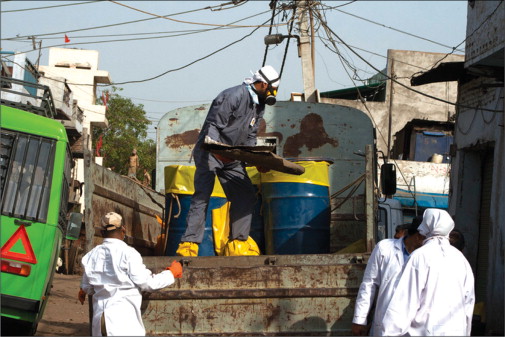
Government Response
In the aftermath of the Mayapuri incident, the Indian government and regulatory organizations were compelled to act swiftly. The AERB, responsible for overseeing radiation safety, launched a comprehensive investigation into how Cobalt-60 had ended up in the scrap market. It was discovered that the radioactive material had been improperly disposed of by a private corporation that had failed to properly decommission its medical equipment.
In response to this event, the Indian government introduced several policy changes to strengthen regulations surrounding the disposal of radioactive materials and e-waste. Both the Department of Atomic Energy (DAE) and the AERB issued stricter standards for processing and disposing of radioactive waste. Additionally, the Delhi Pollution Control Committee (DPCC) and other environmental agencies began advocating for better waste segregation and recycling practices.
One of the first steps in addressing the crisis was a public health campaign aimed at educating the residents of Mayapuri and surrounding areas about the dangers of radiation exposure and how they could protect themselves. The government also coordinated efforts to clean up the affected area and ensure the safe removal of any remaining radioactive materials.
Conclusion
The Mayapuri radioactive incident serves as a stark reminder that, in the rush to profit from recycling and repurposing, we must never lose sight of our primary responsibility: public safety and environmental protection. The consequences of negligence in the pursuit of economic gain can be catastrophic, as demonstrated when hazardous materials, such as radioactive waste, are recklessly dumped into informal markets.
This incident underscores the urgent need for stricter regulations, improved waste management practices, and increased public awareness—not only in Delhi, but globally. The Mayapuri disaster is a sobering call to action, reminding us that we must prioritize the protection of the environment and public health over financial profit in the recycling and repurposing industries. Negligence in our pursuit of financial gain can have devastating consequences, as seen with the careless disposal of radioactive waste and other dangerous materials into unofficial markets.
This incident highlights how critical it is to strengthen laws, improve waste management techniques, and raise public awareness about these dangers—not just in Delhi, but worldwide.
Discover more from Ge-erdy Verse
Subscribe to get the latest posts sent to your email.
